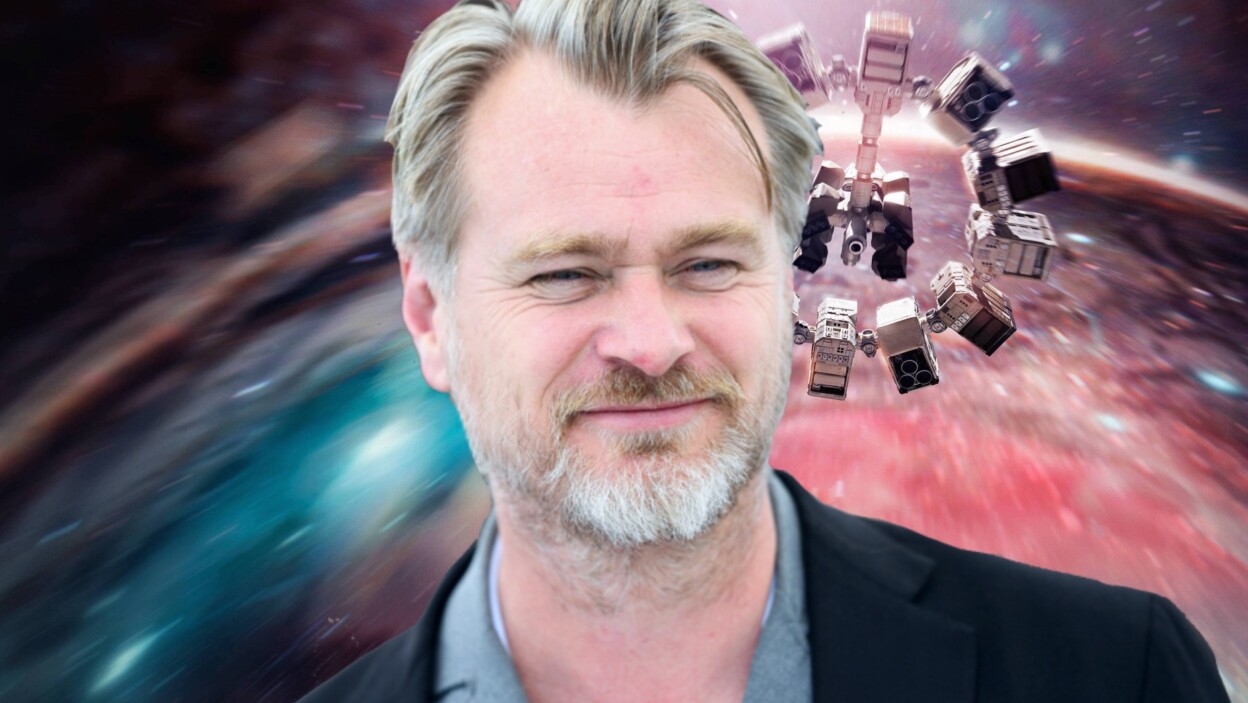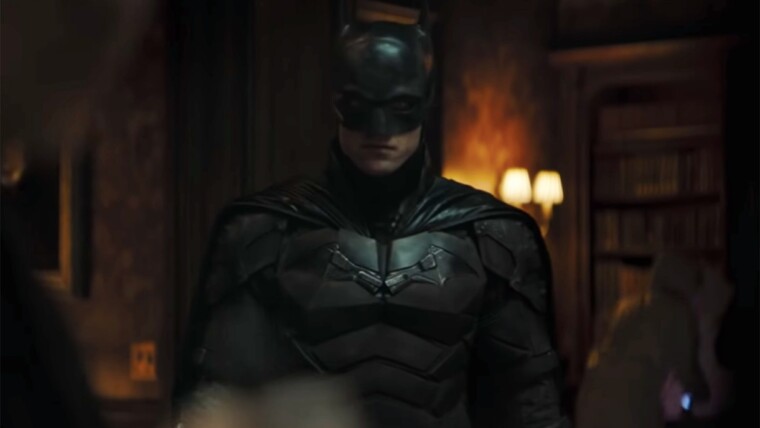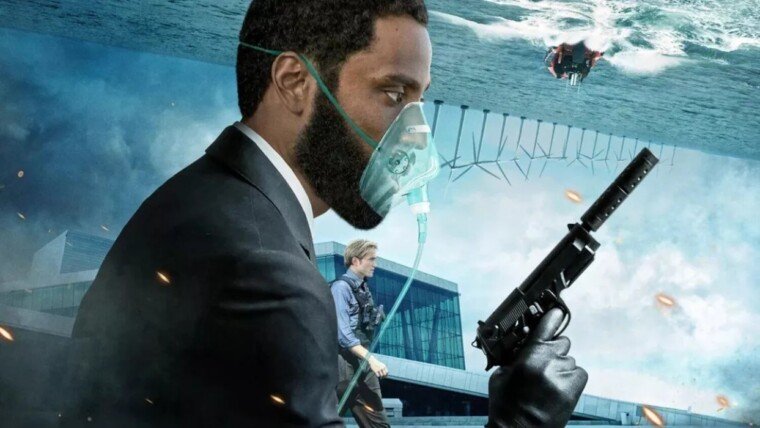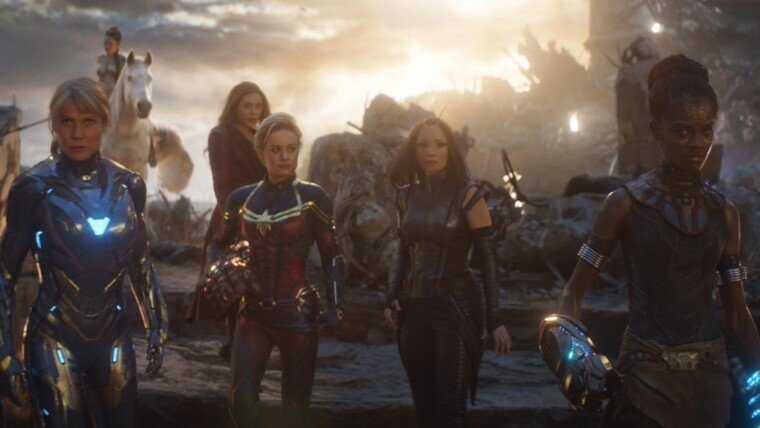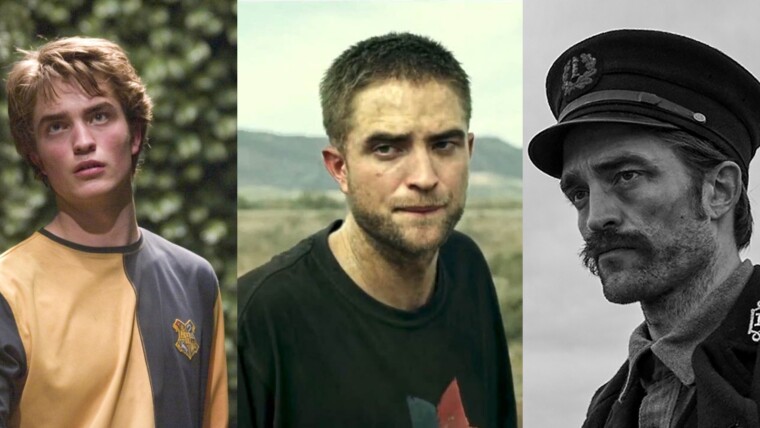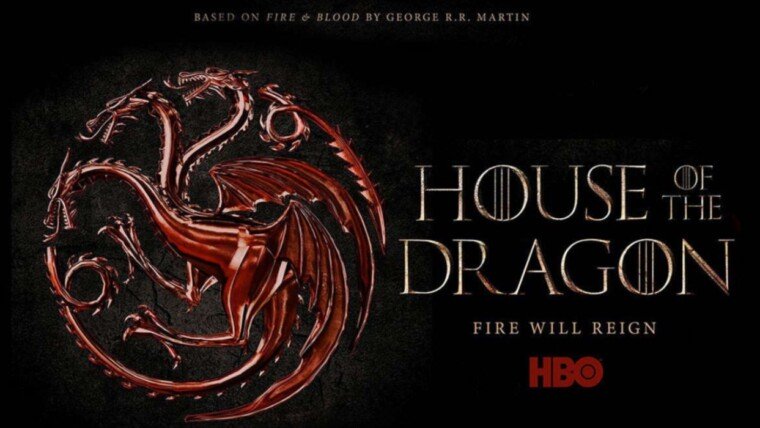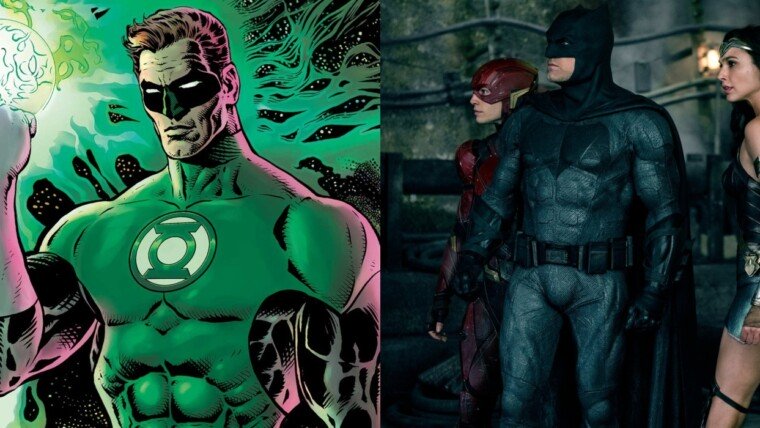One of the finest auteurs of our generation, Christopher Nolan has consistently wowed audiences with his mind-bending craft on the big screen. The 49-year-old director has been a constant box-office draw, with hits like 2008’s The Dark Knight being one of the first few films to surpass the 1 billion dollar mark.
Recently, it was revealed that he blew up an actual Boeing 747 for a particular action sequence in Tenet because according to him,
A) it was more efficient than building a prop, and
B) the amount of VFX work required for the scene would be lessened.
If there is one thing that everyone knows about Nolan, is that he is a staunch believer in the old-fashioned techniques of practical effects and shooting in the film format. That’s not to say that he does not ever utilise VFX in his films. However, he only employs it sparingly to remove wires or in the case of Harvey Dent, to create a messed up face. Despite his trippy visuals, most of what you see on screen is a spawn of something tangible, not just a CAD file rendered in software.
As we count down the days to the 2020 summer blockbuster opener (fingers crossed that we’ll be able to witness it in theatres), let’s chow down on some of Christopher Nolan’s most elaborate and absurd efforts in his films to date.
Hallway Dream Fight (Inception)
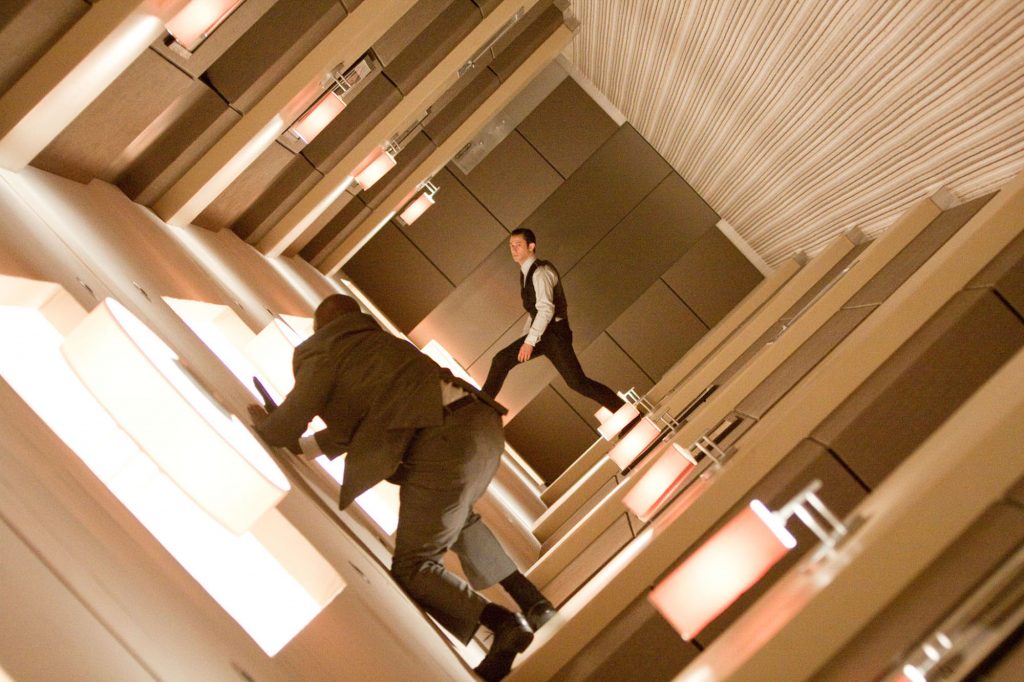
When the film was released back in 2010, Inception was met with thunderous applause from critics and cinemagoers alike. From its bonkers and complicated story meant to fizzle our brains at every turn, the sheer talent oozing at every level, and even more trippy visuals that set a precedent for twisty cityscapes in later films, Inception was one heck of an acid trip for its time. And who can forget that darned spinning top to conclude the movie? People have lost sleep, attempting to calculate the velocity and deceleration of the totem merely by observing its spinning pattern on the screen. And what results have been wrought? Absolutely nothing!!!
Nevertheless, another aspect of an already remarkable film was the set-pieces. We were all floored by the bizarre scene that involved Joseph Gordon-Levitt’s weightless dance in a hall. The scene in question happens during the second act, whereby Cobb and co. have infiltrated the second dream level. However, a car chase ensues on the top level, leaving the sleepy heads to rock around in the vehicle. As Joseph Gordon Levitt’s character, Arthur, attempts to evade trouble in his fabricated hotel space, the gravity shift from the first level also bleeds into the tier he is in, causing his character to have to fight his way around gravity.
Nonetheless, do you know how much CGI was used for the scene? Practically next to nothing as it was all performed by actual performers in a spinning rig. Dizzying as it was to witness the fine actor laying about with hard knocks on both plaster and bone, it’s even crazier to think that Nolan built an entire complicated set for a sequence that only had cumulative screentime of less than a minute.
Taking cues from a Stanley Kubrick classic, 2001: A Space Oddysey, which also featured two scenes where characters defy the laws of Newton’s murderous apples, Nolan decided to build a 100-feet-long hotel room in Bedford in order to shoot the scene. However, the twist was that the room was mounted within a rig that could rotate a full 360 degrees, both clockwise and anti-clockwise. A whole lot of thought went into this as the only crew members that were rolling around in the rig were the actors. Two motors powered eight concentric rings that were supporting the long hall externally. A telescopic camera was installed securely to the base of the rotating platform in order to shoot the scene. As the positions of the lighting could not be varied while shooting the sequence, Nolan, the director of photography, production designer, and VFX supervisor had to design the lighting for the platform so that there would be sufficient lumen for the brawling subjects.
Besides, the amount of time it took to film the sequence is noteworthy. According to Joseph Gordon-Levitt, “it was six-day weeks of just, like, coming home at night battered”, with him having to rehearse and familiarise himself in the giant hamster wheel. Every step was important. Every second was of utmost concern as the ground was constantly shifting with every variation in the hall’s angles. Considering that it took three weeks to perfect the takes, it was a whole lot of pain and suffering for the craft.
Kudos to Gordon-Levitt for taking it like a champ!
Truck Flip (The Dark Knight)
A reinvention of superhero cinema, Christian Bale’s interpretation of the Caped Crusader was lauded by many. While some of its action-sequences involving high-octane car chases were carried out with miniatures, one scene, in particular, is a standout.
After the Joker ambushes a SWAT team accompanying the Gotham Police Department in transporting Harvey Dent away from trouble, the Dark Knight jumps into the action in his Batmobile to save the day. However, the vehicle takes a heavy hit after getting blasted by a bazooka shot. Nonetheless, our hero still has a few tricks up his sleeve, as a Batpod ejects out of the condemned tank, continuing the chase. The Joker takes over driving duties of the truck he was in, attempting to run the GPD down. However, the anarchist is finally halted with Batman’s efforts on two-wheels. Our hero launches a series of wires which latch on to the bullbar, subsequently weaving beneath the 18-wheeler, when it happens. The freaking truck flips over, smoke billowing from its underside as its trailer end is thrust vertically into the air, and crash lands in the street.
Nolan had apparently taken inspiration from 1995’s Heat in which he wanted the action to focus on a particular urbanised location, making sure that he used the walls and borders of brick and cement to create close-contact sequences. Nolan was constantly “challenging ideas” and attempting to “beef up the action sequences and do something no one had ever done before” according to the DP who worked on the film. And that’s when the idea of flipping an 18-wheeler manifested.
A rig was attached to the underside of the trailer, with a large piston in it. Using the explosive power of TNT, the piston could then be triggered, launching the back end of the truck into the air. However, the crew also made another mad decision to actually place a driver in the vehicle in order to trigger the piston when the truck is moving at full speed. As such, the madlads heavily reinforced the hub with steel bars, enabling the hub and the driver in it to not be crushed when it landed.
During filming, two trucks were flipped, once for a rehearsal, and the second time among buildings on Chicago’s La Salle street. The first instance on a runway was meant to test the trajectory of the flip as they wanted to be sure that it did not veer off to the side after that somersault. While the trial run was a success, Nolan’s resolute on filming right in the heart of a financial district posed a challenge. There was practically no room for error as the crew could not risk damaging the buildings in the vicinity. Furthermore, the layout of the district meant that there were underground sewers and vaults for the banks in the street. There were only a couple of specific locations within the area that could be utilised in order to make sure that no underground structures or wires were damaged during the execution of the stunt.
Hospital Explosion (The Dark Knight)
The second Dark Knight entry on this list (not the last) is the hospital scene during which Heath Ledger’s Joker awkwardly walks out of a hospital, with the orangey hues of fireballs behind him in the background. I mean, if Iron Man could look cool by blowing up a tank with a missile, and walking away right after, why not achieve the same effect in a nurse’s outfit? Why so serious?

Leading up to the scene, Harvey Dent is reeling from the grisly injuries to his body and face. The death of Rachel Dawes hit him hard and was just too much to bear. However, the chaotic devil shows up in his ward, taunting him, and explaining his nature away. The Joker imbues Dent with his own chaotic energy, succeeding in pushing the district attorney to his limit. After Dent roulettes the Joker’s life at gunpoint, he lets him go having already allowed chance to work. The Joker then pushes some buttons and continues to walk calmly outside the hospital building, the ensuing thunder of shattered glass and brick following close behind his steps. In a particularly memorable moment, one of the detonations came late, and the Joker comedically expresses a nonplussed frustration, when the final bang sets off in the distance, startling the clown before the entire house is brought down.
Nolan and his crew had bought an abandoned building in Chicago specifically for this sequence. There was a whole lot of planning involved as they could only do this one time. As such, the entire building was rigged with explosives, and simulations were done in order to ensure that the sequence would be safe to play out in real life. More than a dozen cameras were set up at different angles in order to capture the action.
Now, here’s an Internet myth that you may have heard. If you’ve chanced across this bit of TDK trivia floating around on the Internet whereby Heath Ledger “improvised” the frantic poking of buttons before the big explosion, that actually didn’t happen. Sorry to burst the lie. To quote the Joker, in actuality, it was “all part of the plan”.
The entire sequence was airtight and rehearsed multiple times, including the delayed explosion. The production team deduced that controlled and spaced out explosions would be safer for their star and the rest of the crew filming on location. As such, you would notice that as the Joker wanders out into the open, the number of explosions appear to be lesser or further away from him, hence allowing Ledger to maintain a safe distance between the ensuing collapsing action.
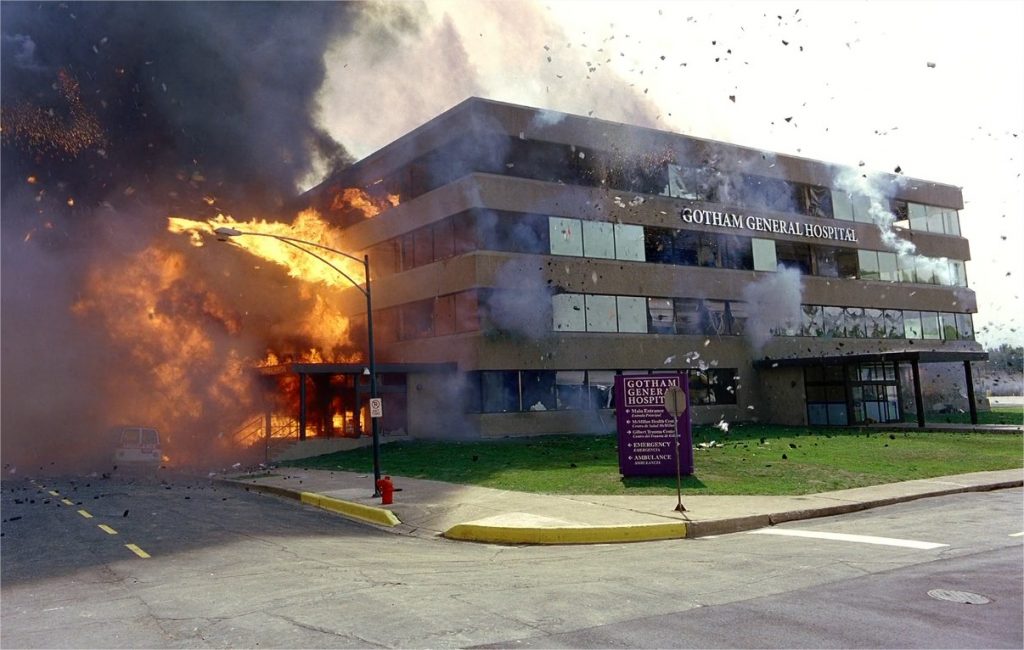
With Ledger’s award-winning antics and skill in full effect, this scene is pure masterful art. Its chaotic energy is evident, with a keen comedic sense to supplement the spectacle. This was a dog chasing down cars, and even then, we’re not sure why. But the fact remains that Nolan and his team crafted one heck of an exceptional sequence for us to talk about in the years to come.
Plane Hijacking (The Dark Knight Rises)
The Dark Knight franchise may have been a grounded take on the Caped Crusader, but the opening scene of the trilogy capper reached new heights for the series.
In the 6-minute thriller, Tom Hardy’s Bane hops aboard a CIA aircraft, posing as a hired mercenary who had his sights on Dr Pavel. Aidan Gillen’s agent attempts to interrogate the masked mercenaries to no avail, but when it is revealed that Bane had an aircraft following closely behind, that’s when s*** hits the turbine.

An enthralling hijack sequence ensues as Bane’s operatives hop from their aircraft onto the plane below, gunning down the opposing force with ease. They then attach several cables onto the CIA plane, causing it to tilt vertically and subsequently lose its wings due to the air resistance. The tail of the plane is popped off like a cork and a blood transfusion (to mask their tracks) somehow takes place. The scene concludes with Bane taking Dr Pavel along for a rush of acrophobia before crashing the entire fuselage onto the ground below.
There are two aspects to this scene, and they’re both practical. Indeed, the lush and beautiful location is a real place in Scotland. The crew filmed over the Cairngorm range which was isolated and had fairly challenging weather conditions. Perfect for raining down heavenly prop debris from above, ain’t it?
The second part to this scene was akin to the hotel rig from Inception, except that this set was more of a gimbal. As such, the turbulent movements from a vertical plane could then be simulated without having to go through the dangers of filming inside an actual exploding fuselage thousands of metres above ground level. It is worthy to note that Hardy had performed his scenes in the constructed fuselage, and not with the aerial production. Therefore, when he declared that he was “crashing this plane”, in actual fact, he was not in one.
Nevertheless, the aerial work was successfully pulled off with multiple stuntmen attached to cables filming the feat in the sky. During the practice takes, they parachuted to the ground right after finishing the stunt. Nonetheless, the actual final take had them being drawn back into the aircraft above without any issues.

As such, due to the magic of editing, we got to witness another stunning set-piece within the Dark Knight franchise that established Bane as a no-nonsense villain.
Cornfield Chase (Interstellar)
My apologies, but it’s about to get real corny in here…
In the opening scene from 2013’s Interstellar, Matthew McConaughey’s Cooper and his children are attempting to fix their truck’s flat tire when a drone zooms past them. The Cooper squad excitedly gives chase despite their handicap in the rear wheel. Heading right into the cornfields, they follow the drone until they almost fall over a cliff. Cooper then gets out of the vehicle and manages to take control of the drone, successfully landing it in the distance. It is one of the film’s most uplifting moments as we hear Hans Zimmer’s horn fuelled theme in its full glory for the first time.
So, why maize? Nolan had apparently exchanged notes while working with Zack Snyder for Man of Steel. Snyder had grown several acres of corn for the Kent farm scenes in the movie, and Nolan took some cues from the director, upping his game and getting his fingers green.
After consulting with dozens of experts, the Interstellar production team decided to grow about 500 acres of corn near the mountains outside Calgary. It was no easy feat, however, as said experts cautioned that the corn-quest was too much of a risk to the environment not being as conducive for growing the crop. It wasn’t meant to last. Nevertheless, Nolan persisted to realize his vision of having the scene be set ina farm surrounded by mountains, and set up the cornfield.

Now, as you might have guessed, when the time came for filming, a truck was literally driven through the cornfield. It was also reused to portray a dying Earth by burning a large portion of the crop. So, yes quite a sizable amount of corn was destroyed for the art. Nevertheless, Nolan himself confessed that his time as a farmer did rake in some profits, citing the batch as a good crop.
It’s an easy detail to miss considering how fast the scene goes by but as you can see from the picture, the cornfield literally stretches out to the horizon. It’s utterly ridiculous, but surely this is a testament of Nolan’s visionary tenacity within the film industry. He is willing to go the extra mile to push boundaries, setting the target higher and higher with each outing. He does not take the easy route, contending for detail in every scene.
Has poring through this list got you even more pumped up for the release of Tenet? What other ‘practical’ scenes form Nolan’s films stood out for you? Leave your thoughts in the comments below!

